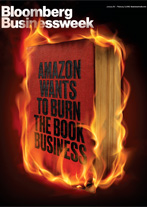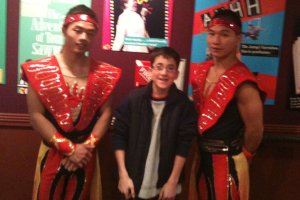Real books sold, book business burned
Every writer probably spends some time wondering what form the “book” she is writing will take and how it will get out into the world of readers. Like many, I’m resigned to a future filled with e-books, though really really want a real book to hold if I’m ever published. At least my first one, for the immortality bits and bytes can never confer. There’s a reason “the cloud” is now the preferred name for the place where all our digital stuff goes to live. Clouds are emphemeral.
 Publisher’s Lunch reported heartening news after the holidays for those of us who want to hold a book, any book. The publishing newsletter covered Barnes & Noble’s pretty decent holiday sales, noting the retail chain said, “book sales were strong overall, fueled by strength across multiple categories,” and “physical book sales on a comparable basis increased by 4 percent, exhibiting growth for the first time in five years.”
Publisher’s Lunch reported heartening news after the holidays for those of us who want to hold a book, any book. The publishing newsletter covered Barnes & Noble’s pretty decent holiday sales, noting the retail chain said, “book sales were strong overall, fueled by strength across multiple categories,” and “physical book sales on a comparable basis increased by 4 percent, exhibiting growth for the first time in five years.”
For the radical take, look to Bloomberg Businessweek’s excellent cover story this week, “Amazon Wants to Burn the Book Business.” Brad Stone’s piece details Amazon’s push into book publishing. This is not an e-books-only story, as Amazon is arranging to have physical versions printed. This is not an authors-get-screwed story, as writers get a much better split when they do business directly with Amazon. But it is a big-six-publishers-are-in-deep-doo-doo story.
“The reaction to Amazon’s move is analogous to the screech of a small woodland creature being pursued by a jungle predator,” writes Stone in the article. Publishers are “trying to protect a century-old business model—and their role as nurturers of literary culture—from encroachment by a company that consistently reimagines how industries can be run more efficiently. Book publishing, an inefficient industry if there ever was one, seems ripe for reimagining.”
Whether you agree with the article’s take, or Amazon’s strategy, it is must reading for all of us who like to read, and to hold books, whether our own or anyone else’s.


